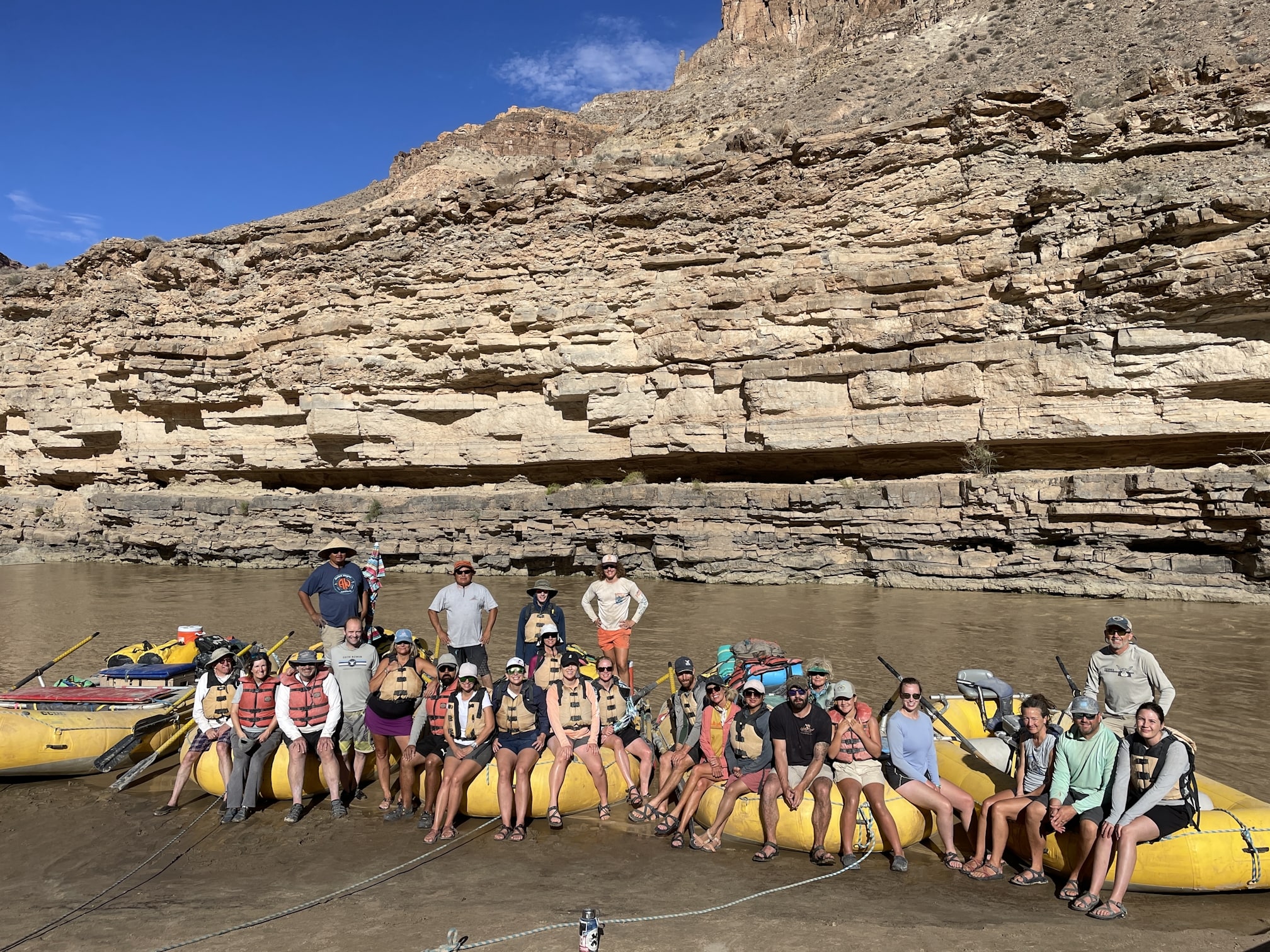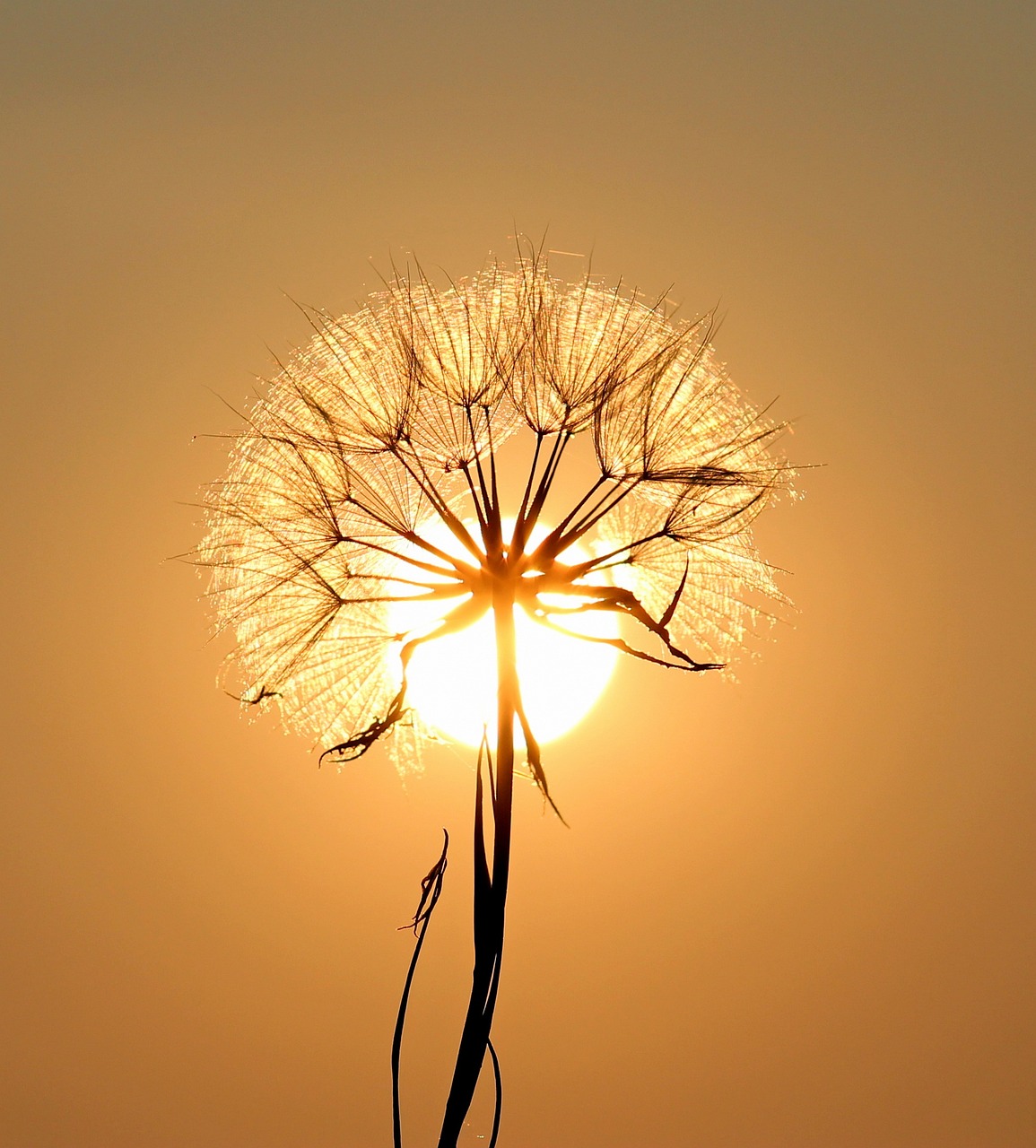
Shorebirds at Utah Lake, June 2, 2023
Courtesy & Copyright Utah Division of Wildlife Resources, Utah Department of Natural Resources, State of Utah
Myriad other magnificent migrants joined the mixed flock- numerous duck species, juvenile black crown night herons by the dozens, herons, egrets, ibis, terns, etc., but they don’t qualify as shorebirds, so we enjoyed their presence, but they didn’t make the list.
A few other non-migrants were noteworthy- a burrowing owl that posed beautifully on a fence post emitting constant chatters, and a very fat, mature western rattler with many buttons on its tail./ The Salt Creek WMA is a jewel that gets few visitors given its “out there” location competing with the 80 thousand acre Bear River Migratory Bird Refuge next door, which boasts an outstanding visitor center, offering many resources and educational programs.
This was the first official fall shorebird survey conducted in 30 years at roughly 200 sites across 11 western states. These surveys fill a critical three-decade data gap in our understanding of migratory shorebird populations and their distribution. The results will inform management and policy efforts to ensure there are resources to support birds and the places they need during their migratory journeys.
The survey was organized by the Sageland [Collaborative] organization, Utah Division of Wildlife Resources, and several others, conducted by volunteers and biologists via airplane, vehicles, ATVs, boats and on our feet. This survey will occur for the next three years, during the same week each spring and fall, to coincide with the peak shorebird migration across the region.
We’re part of the Great Salt Lake ecosystem, whose wetlands support nearly one-third of the global population of Wilson's phalaropes, more than half of American avocets, 37 percent of black-necked stilts, and 21 percent of the North American population of snowy plovers.
Shorebirds are a diverse group of birds including sandpipers, plovers, avocets, oystercatchers, and phalaropes. There are approximately 217 recognized species globally, 81 of which occur in the Americas for all or part of their lifecycle with 52 species breeding in North America, many of whom visit Utah.
Shorebird are the endurance marathoner winners, some migrating 20,000 miles a year. Their remarkable hemispheric travels coincide with peak abundant food. In their global pursuit of food and breeding grounds, home is nowhere, yet everywhere. As a result, shorebirds are difficult to track, monitor, and protect. /Shorebirds are among a few groups of birds showing the most dramatic declines. Their decline began in the 1800s, in part due to market hunting. As humans have continued to alter the landscape, shorebird populations have further decreased, with declines increasing rapidly in recent decades.
Jack Greene for Bridgerland Audubon Society, and I’m Wild About Utah’s wild Shorebirds!
Credits:
Image: Courtesy & Copyright Utah Division of Wildlife Resources, Used by permission, https://www.wildlife.utah.gov/news_photos/2023-06-02-shorebirds-at-utah-lake.jpg
Audio: Courtesy & © Patrick Kelly, https://logannature.org/
Text: Jack Greene, Bridgerland Audubon, https://bridgerlandaudubon.org/
Additional Reading: Lyle W Bingham, Webmaster, Bridgerland Audubon, https://bridgerlandaudubon.org/
Additional Reading:
Jack Greene’s Postings on Wild About Utah, https://wildaboututah.org/author/jack/
Van Tatenhove, Aimee, The Quiet Importance of Brine Flies, Wild About Utah, Nov 15, 2021, https://wildaboututah.org/the-quiet-importance-of-brine-flies/
The Sageland Collaborative, https://sagelandcollaborative.org/
Migratory Shorebird Survey, The Sageland Collaborative, https://sagelandcollaborative.org/shorebirds?rq=shorebird
Statewide shorebird surveys restarted after 30-year hiatus; over 84,000 shorebirds counted during spring survey, Utah Division of Wildlife Resources, June 2, 2023, https://wildlife.utah.gov/news/utah-wildlife-news/1679-statewide-shorebird-surveys-restarted-after-30-year-hiatus.html
Salt Creek Wildlife Management Area:
Salt Creek Waterfowl Management Area, Utah Outdoor Activities, https://utahoutdooractivities.com/saltcreek.html
Salt Creek WMA, UtahBirds, Utah County Birders, https://www.utahbirds.org/counties/boxelder/BirdingSites.htm#SaltCreekWMA
1999-2001 Great Salt Lake Waterbird Survey: (Salt Creek is #33 under Survey Areas) https://wildlife.utah.gov/waterbirdsurvey/
Salt Creek Habitat, GeoData Archive, Utah Geological Survey, Utah Division of Natural Resources, State of Utah, https://geodata.geology.utah.gov/pages/view.php?ref=7975&search=%21collection104&offset=0&order_by=date&sort=DESC&archive=0



